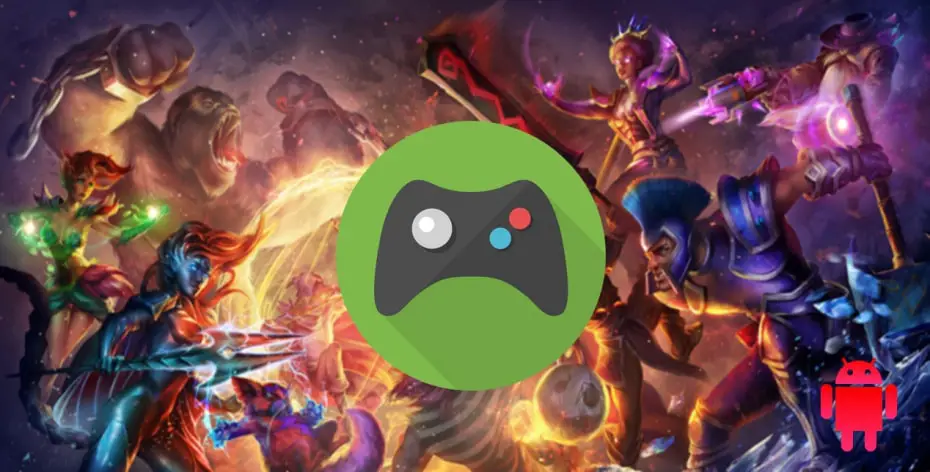

Internet has been utilized widely for various purposes for example, multimedia communications, information searching, business (e.g., e-commerce and Internet banking), education (e.g., e-learning), entertainment (e.g., Netflix and YouTube), social media networking (e.g., Facebook and Twitter) and Gaming. All audiovisual quality evaluation models provide excellent efficiencies.

Also, this evidence of excellent model performance makes the proposed models ideal for utilization for assessment of audiovisual quality of the MOBA games. Therefore, excellent performance of these proposed models becomes one of the contributions of this study. All of them, called MOS Audiovisual-MOBA1 model, MOS Audiovisual-MOBA2 model and MOS Audiovisual-MOBA3 model, show excellent performances with MAPE values of 4.95%, 5.92% and 4.75% respectively.

On completion of this study, it was found that two thirds of the proposed models provide better performance than the other previous works. After developing the models, Mean Absolute Percentage Error (MAPE) technique has been utilized for model evaluation. The data from 160 game players have been used to create the models, while the data from 50 game players have been applied for model performance evaluation. The subjective data from 210 game players (both males and females) about audio quality during conversation, the video quality, the overall quality, and the weighted percentage of video and voice have been collected from small competition events of the Garena ROV (Arena of Valor) in Hua Hin, Thailand. Therefore, based on quality of experience, audiovisual quality evaluation models for MOBA games have been proposed in this study. With the advancement of multimedia communications and information technologies, online video games have become very popular recreational activities worldwide, while Multiplayer Online Battle Arena (MOBA) games have gained immense popularity from game players in recent times.


 0 kommentar(er)
0 kommentar(er)
